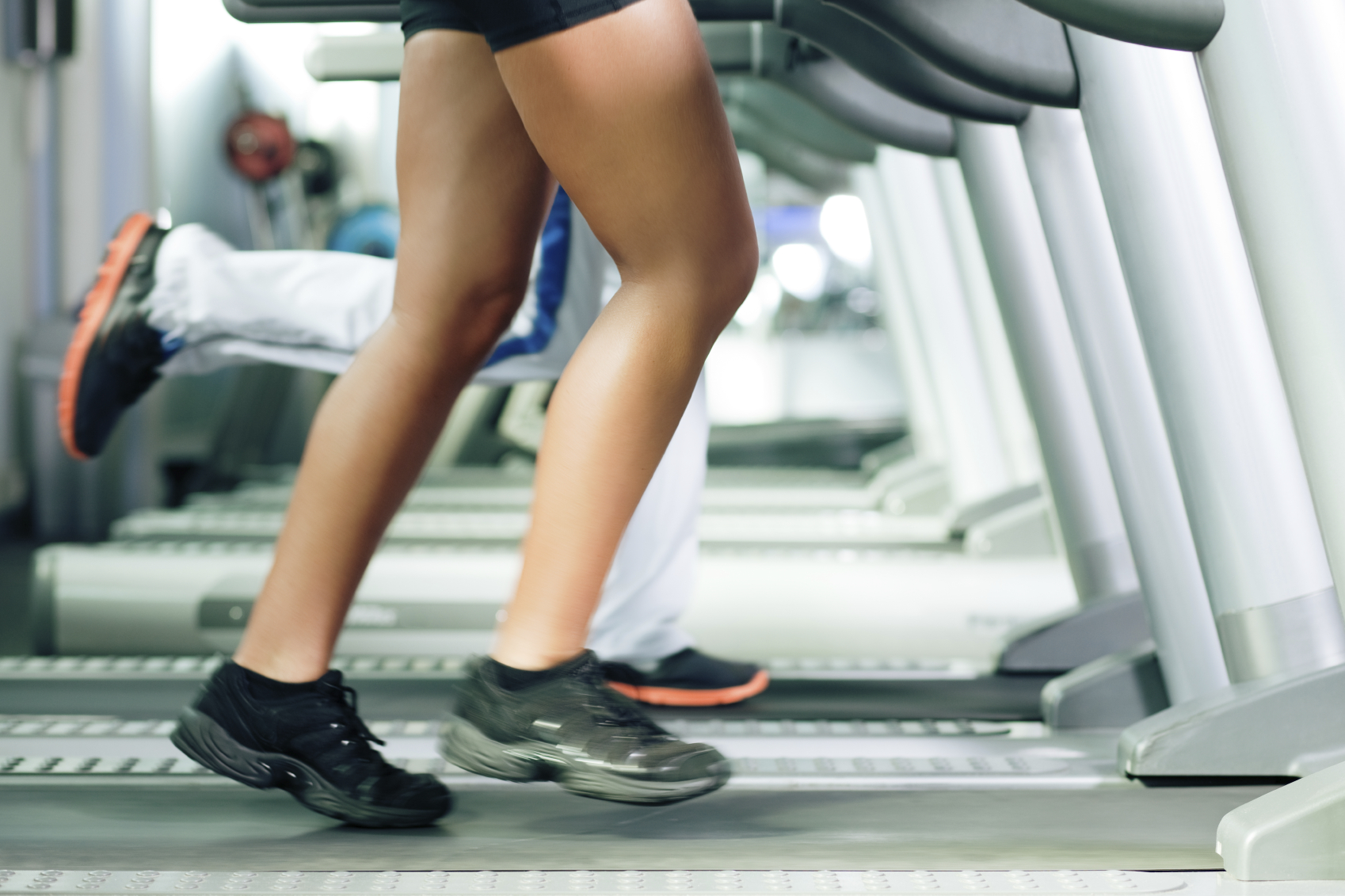Congratulations. You just finished your workout and have reached your calorie goal. Well, maybe not…
It turns out you can’t trust most exercise machines. They often grossly overestimate how many calories you’ve burned.
A study at the University of California, San Francisco evaluated the accuracy of calorie counters on various cardio machines. Researchers revealed your go-to cardio machine’s calorie counter can go over by almost 50%:1
| Elliptical | Treadmill | Stair climber | Stationary bike |
| 42% | 13% | 12% | 7% |
One researcher noted that over time those calories can really add up… And wreak havoc with weight-management plans.
The good news is that the American College of Sports Medicine says the machines’ other data are pretty accurate. These include heart rate, distance, and pace.
Machine manufacturers may inflate calorie-burning numbers to boost profits. They know you’re more likely to use a machine you believe burns more calories.
There are some other surprising reasons for this discrepancy, too:
- One size does not fit all. The rate at which we burn calories is based on our age, gender, weight, and fitness level. Not all machines ask for this information. They default to preset averages. Big people burn more calories than smaller folks. Men burn more than women. Younger exercisers burn more than older.2,3,4
- Old machines. As the machine ages, the belts tend to slip. The machine provides less resistance. That means you burn fewer calories than the readout may indicate.
- You lean on the machine. Supporting yourself on the handrails or grips can offload a significant portion of your weight. This means your body isn’t working as hard. You burn fewer calories than the machine indicates.5,6
So how can you get an accurate calorie count? There are two strategies.
First, you can simply subtract the overestimates found in the study. So if you’re using an elliptical, subtract 42%. For a stationary bike, take away 7%, and so on.
Second, you can use a personal fitness monitor to calculate calorie burn. These are wearable devices such as Fitbit.
These monitors are also inaccurate, according to an NIH review of the devices.7,8 But they are generally off by a consistent amount, about 10%.
| BodyMedia Fit | Fitbit Zip | Fitbit One |
| 9.3% | 10.1% | 10.4% |
If you wear one of these devices, just subtract 10% of your total calories burned after your workout.
Health clubs are a great place to work out. But the machines tell you what you want to hear… Not what you need to hear. Before you give yourself a high-five, use these easy tricks to figure out how hard you really worked.
In Good Health,

Angela Salerno
Publisher, INH Health Watch
Like this Article? Forward this article here or Share on Facebook.
References:
1http://health.usnews.com/health-news/health-wellness/articles/2015-12-23/do-exercise-machines-lie-what-you-need-to-know-about-the-feedback-you-get
2http://health.usnews.com/health-news/health-wellness/articles/2015-12-23/do-exercise-machines-lie-what-you-need-to-know-about-the-feedback-you-get
3http://www.mensfitness.com/training/how-accurate-are-calorie-counters
4http://www.mayoclinic.org/healthy-lifestyle/weight-loss/in-depth/metabolism/art-20046508
5http://health.usnews.com/health-news/health-wellness/articles/2015-12-23/do-exercise-machines-lie-what-you-need-to-know-about-the-feedback-you-get
6http://www.mensfitness.com/training/how-accurate-are-calorie-counters
7http://www.ncbi.nlm.nih.gov/pubmed/24777201
8http://greatist.com/fitness/do-calorie-monitors-really-work

